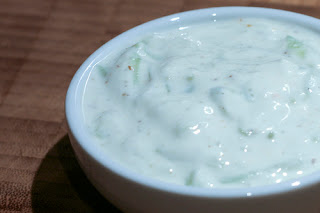The end of the year brings to a close the harvest and root vegetables that define fall cooking. And so, last night I put that lonely butternut squash on the countertop and the old parsnip in the vegetable drawer out of their misery. I shouldn't have waited, for this dish is tasty, easy and a good way to prepare fish. Too often, we think of a piece of white fish and rice and the need for a sauce. Dover sole cooked in butter can be nice, but hardly inspiring. Likewise, a hearty fish stew can be involved and take time with different types of seafood and cooking times. This meal combines the heartiness of a broth and root vegetables, along with a sauteed fish for a healthy meal. I found it in Food & Wine, October 2004, and it serves faithfully every fall. What's more, if you happen to cut up too many vegetables, just put the extras along with a diced leek in another pot and simmer with chicken stock for 20 minutes. You'll have one of the best soups you've ever tasted. Serves 2.
Ingredients:
3 tbsp butter
1 large shallot or half a small onion, diced
1 clove garlic, minced
1 cup diced, peeled butternut squash
1 cup diced, peeled potato
1 small parsnip, peeled and diced
1/2 cup dry white wine
1/2 tsp dried thyme
1 bay leaf
1 1/4 cups low-salt chicken stock
1 tbsp olive oil
2 halibut fillets
salt/pepper
2 tbsp flour
Directions:
In a large saucepan, melt 2 tbsp of butter over low heat. Add the chopped shallot and garlic and cook until softened, abotu 3 miutes. Add the squash, potato and turnip and cook over medium heat until they begin to soften, about 5 minutes. Season with salt and pepper. Add the wine, thyme and bay leaf and cook a few minutes until the wine reduces by half. Add the stock, cover and simmer over low heat until the vegetables are tender, about 10 minutes.
Meanwhile, in a large nonstick skillet, heat the olive oil over medium heat until just smoking. Season the halibut with salt and pepper and then dredge through the flour, shaking off excess. Add the halibut and saute until golden, about 3 or 4 minutes per side. Stir in the remaining tbsp of butter to the broth, serve into bowls, and place the halibut on top to serve.



















